There’s a renewed interest in Australian native gardens , thanks to landscape designers who are renowned for their beautiful and naturalistic garden designs. Designers such as Fiona Brockhoff, Sam Cox, Grant Doyle, Nathan Burkett, Philip Withers and Kathleen Murphy have been repopularising the use of local plant species to create a sense of deep connection to a unique landscape.
In this article, we will explore a variety of native garden ideas that can help you create a stunning Australian landscape with native plants. But first, let’s define what are Australian native plants.
Australian native plants for landscaping
Striking with unusual foliage, blooms and seedpods, native plants come in a bewitching array of colours and forms. And best of all, most natives are hardy, low maintenance and drought-tolerant. We have such a gorgeous and diverse range of stunning plants from which to choose when it comes to planting up a native garden.
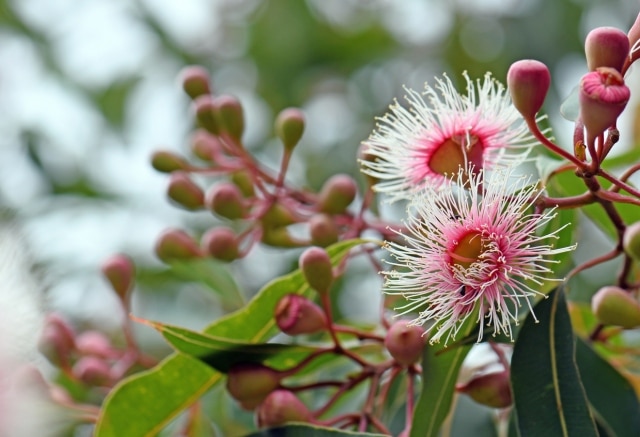
With the current global focus on sustainability, many gardeners are choosing Australian natives specifically for their environmental benefits. Natives not only allow you to use less water but also create more balance in your local ecosystem. Encouraging biodiversity, native gardens can become true habitat gardens. This means they’ll attract birds and other wildlife while naturally reducing pests.
32 Native garden ideas to explore today
There’s so much to love about native gardens, so let’s take a look at some design ideas for a beautiful Australian native garden.
1. Aim to create a sense of place
The chief idea behind the modern native garden design is to use local plant species and materials to create a strong sense of Australian identity. The focus is on creating a “stylised wilderness”. It’s about establishing an interplay of natural and constructed elements for a garden that feels raw yet refined.
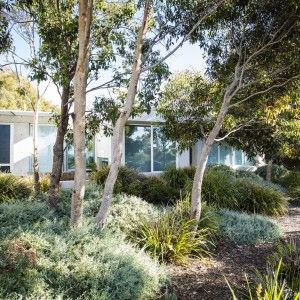
To heighten the sense of living within the native plant yard, native gardens connect a home to its wider landscape through the artful use of colour, texture and shape.
2. Consider “indigenous” vs. “native”
Be aware that “native” and “indigenous” don’t mean the same thing. Indigenous plants are native to a particular part of the country, while native simply means a plant is native to a country generally.
Native species can become weeds and alter ecosystems if used in the wrong area. Plants that are indigenous to your area, on the other hand, will help the local ecosystem. That’s because they create more of exactly the right habitat for the local flora and fauna.
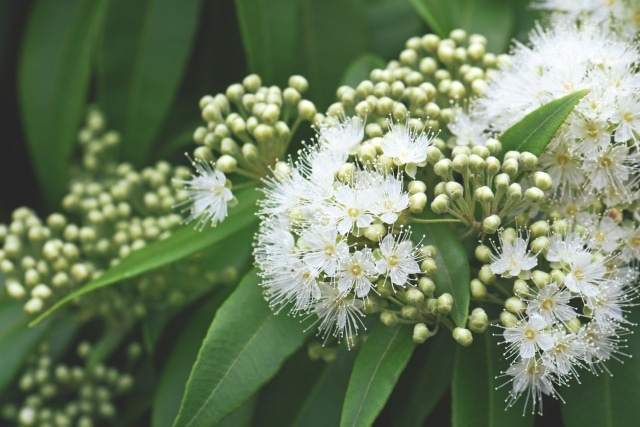
You can find out more about plants indigenous to your area by having a chat with your local council or a nursery near you. More and more councils around Australia are actually making it a requirement to plant with indigenous natives.
Not only do local plants achieve that all-important “sense of Australian place”, but they are typically hardy and water-wise. So they are just a smart choice for gardens.
3. Have dynamic plantings
It’s more than simply taking a conventional garden design and replace exotic plants with local ones. The modern native garden actively seeks to emulate the Australian bush landscape.
Such a modern native garden can done through a dynamic, layered planting with a variety of natives that will thrive in the circumstances. It means having a mix of tough, enduring plants and more short-lived ones. And an asymmetrical mix of contrasting shapes, colours and foliage texture. But also focus on creating balance and harmony through the repetition of elements.
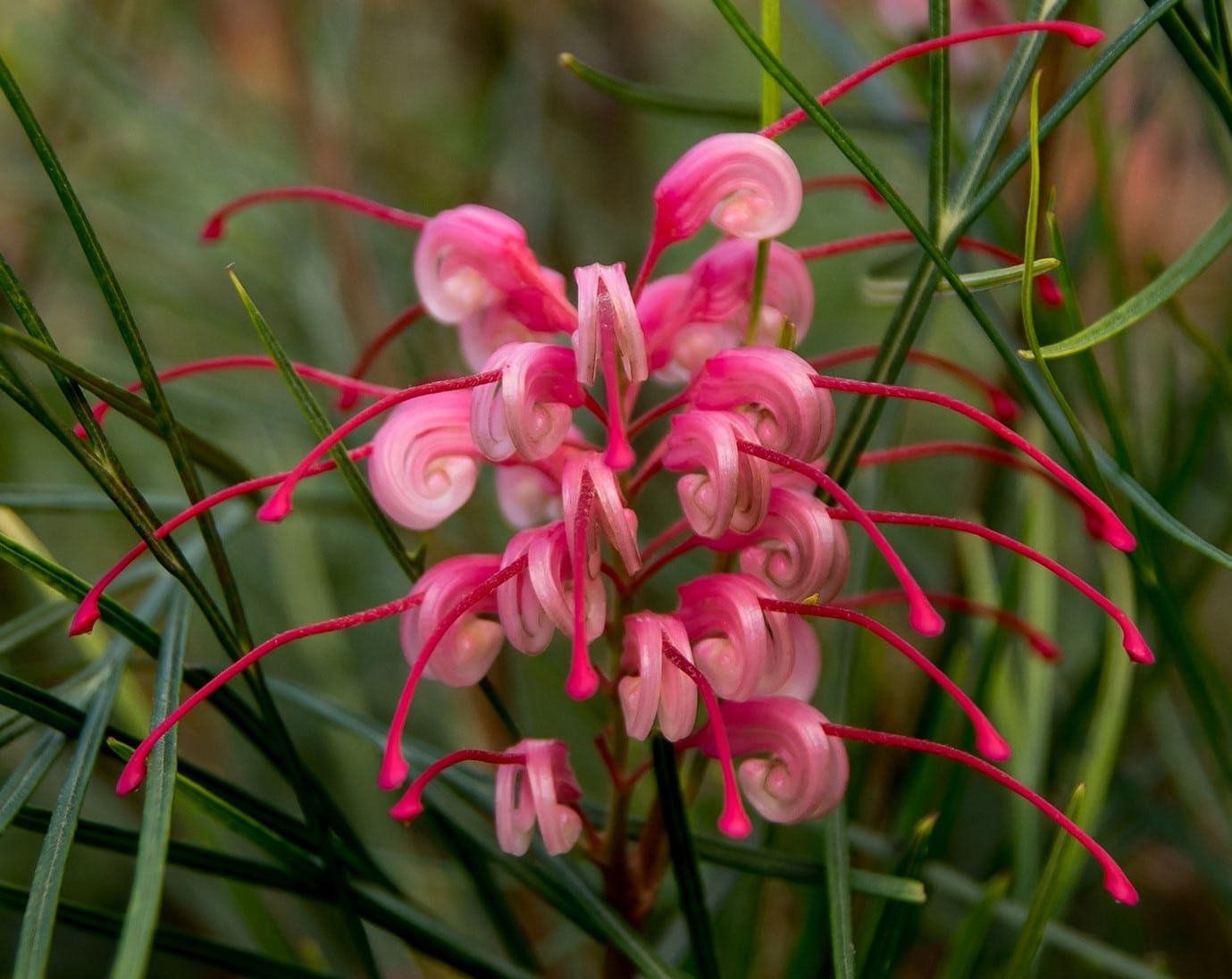
4. Go for a muted palette
Landscape designer Kathleen Murphy’s personal studio garden is an impressive demonstration of how to effectively use natives. She uses native grasses as key plants. For example, low-maintenance Lomandra chosen because of its beautiful appearance through all the seasons, interspersed with shrubs and succulents including super hardy native Westringia (coastal rosemary), and non-native prostrate rosemary (creeping rosemary).
Murphy is also admired for how she works with colour. She often uses a subtle palette of muted hues, including base colours of soft grey, green and purple. Check out her work for inspo!
5. Or a bold palette
Aside from a soft, muted palette of neutrals, you can add magnificent sprays of colour to native gardens. The diversity of natives means there’s many choices for adding year-round colour. For example, emu bush (Eremophila nivea) is one such dramatic bold plant, featuring stunning, luminous silvery purple tones.
6. Feature bold natives for drama
There are so many gorgeous Australian natives that feature either foliage or blooms (or both) that is striking and intriguing. They’re a great choice to plant up in containers as feature plants or place as accent plants in the garden.
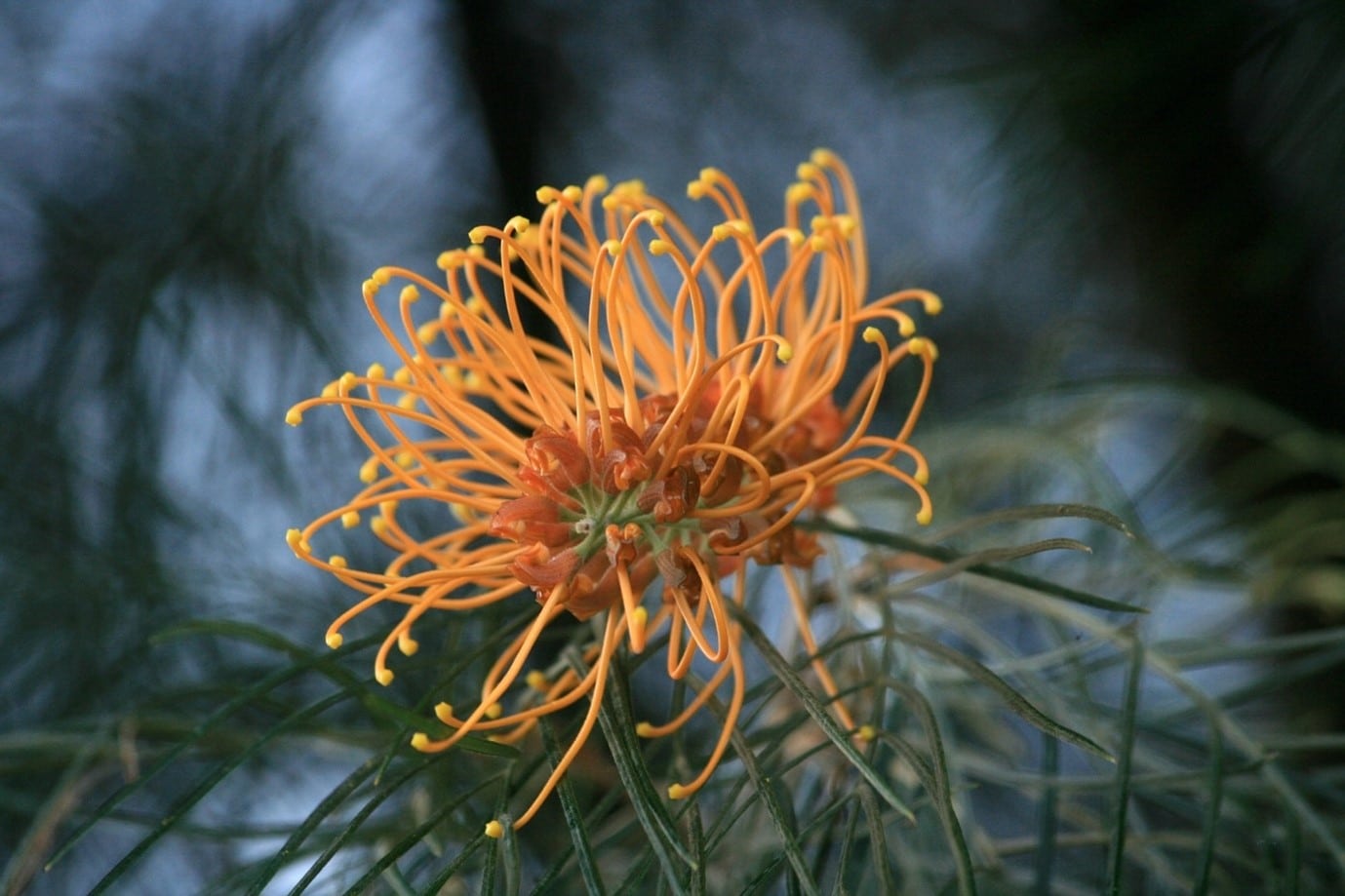
I can’t get enough of classic Australian flora like grevilleas, banksias and callistemons. They come in so many variations of stunning pastels and intense shades of pink, red, purple and orange.
7. Embrace naturalism
There’s a growing interest in very understated naturalistic gardens. The ideal is to evoke a sense of our local environs rather than an imported, formal garden style.
One of the proponents of this thinking is landscaper Sam Cox and an example is his classic bush landscape, the Curlewis project. It’s a perfect example of the modern take on native gardens.
Cox takes traditional natives like grevilleas, correas and callistemons to plant close to a home. And further away, there’s lower maintenance indigenous plants. Cox’s dwellings are really designed to settle into the local habitat. One of his techniques is to blur the boundaries of the garden and its environment by not planting up boundaries with too much definition.
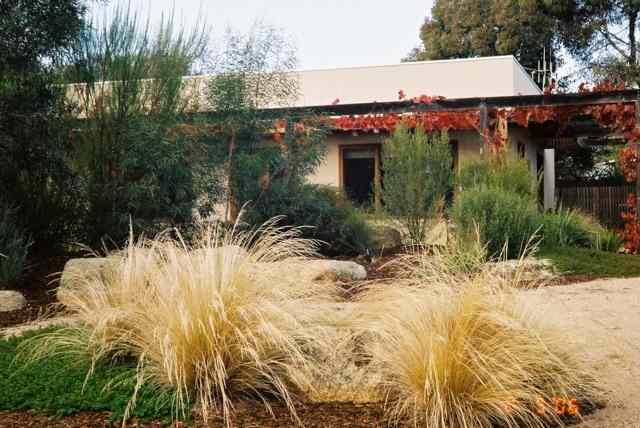
8. Add pretty blooms
Native gardens have sometimes been thought of as drab or dull, but nothing is further from the truth. There are always gorgeous colour bursts to be found in the wild which can be incorporated into the suburban native garden.
For example, Billy Buttons (Ammobium alatum) are native to eastern parts of NSW and live in forests, grasslands and alpine areas. These plants with their adorable, intensely yellow spherical blooms are also known as “woollyheads”. You can use them as a groundcover or rockery plant and enjoy picking them for vases too.
9. Choose succulents
Along with the general renewed interest in creating native gardens, there’s been a resurgence of appreciation of the beauty and complexity of succulents.
Many succulents have long been a food, water and medicinal plant source for our indigenous people. They’re ideal to grow in native gardens as they are so drought-tolerant and low maintenance. And there is a huge variety of beautiful shapes and colours to choose from.
A respected name to check out is Nathan Burkett, who works with Australian coastal natives and succulents.
10. Have meandering pathways
Create a formal pathway or place some simple stepping stones. Either way it’s always a great idea to create a winding pathway somewhere within your landscape. It doesn’t have to be massive, even a tiny one will evoke a sense of adventure and help direct people to particular parts of the garden. Add native groundcovers to rustle along the pathway.
When you have a native garden, old, battered and recycled materials work especially well to create a feeling of being lived in. For example, steppers and pathways can be made from recycled building materials.
11. Add golden tones
Another way to bring saturated colour in is to include drought-tolerant native Kniphofia ‘James Nottle’. Its blooms are a gorgeous egg yolk yellow and it features pale foliage in slim, grassy clumps. I like its use in a rusty old planter with the suitably weather-beaten look that works so well in native gardens. But for other planter ideas, you might like to chat with a local expert in planter boxes.
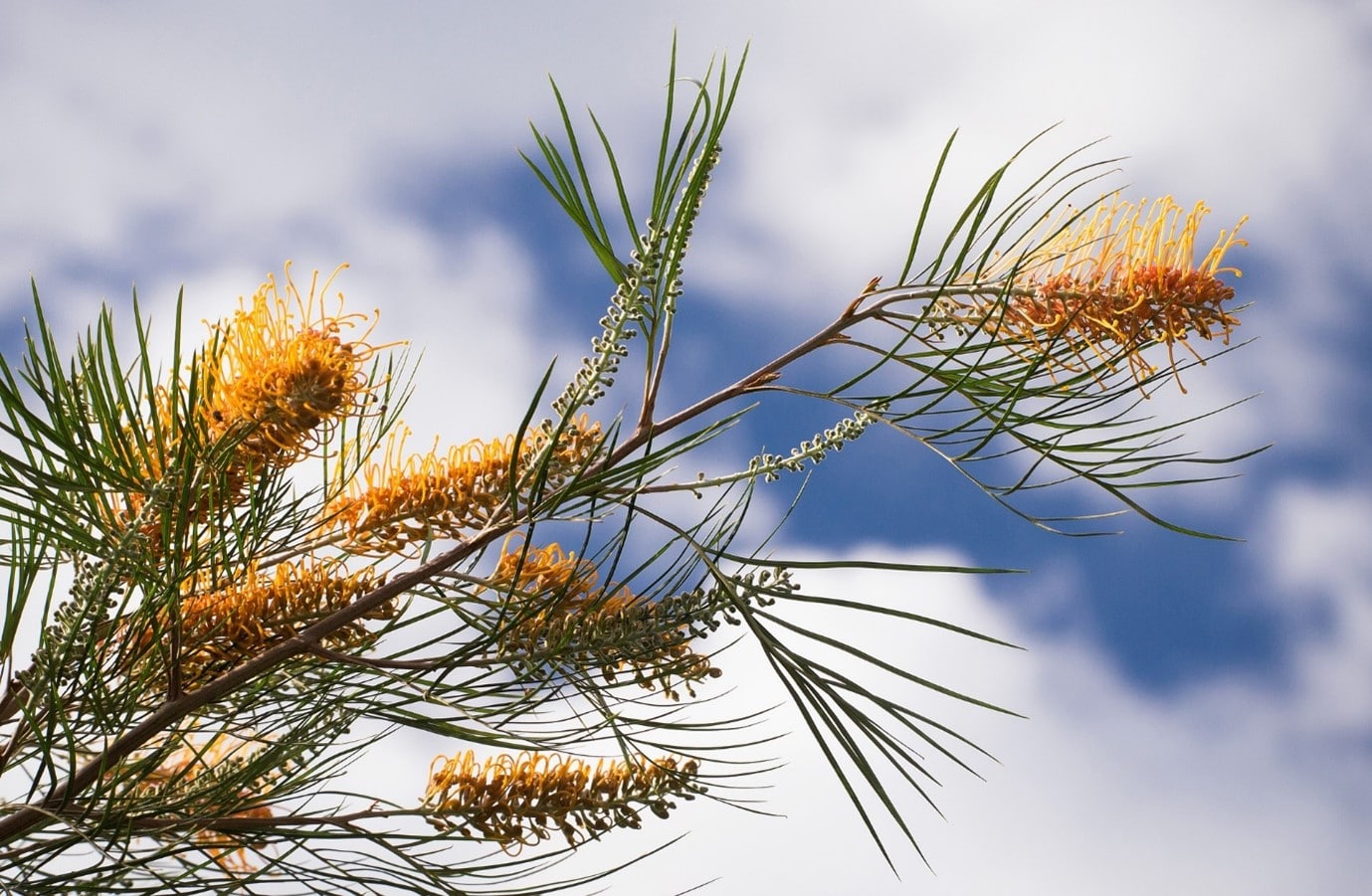
12. Plant for your seasons
Many Australian natives are not only able to withstand our hot and dry conditions but can tolerate the colder climates as well. For example, Banksia spinulosa thrives in Alpine regions.
Choosing the perfect natives for your location is easier these days. There has been such an increase in cultivars and hybridised species suited to certain conditions.
13. Layer it up
Make your native garden an experimental space of wild contrasts. Mix local and indigenous grasses, rushes, wildflowers, climbers, shrubs, flowering gums, aquatic natives and edibles. Your planting mix might also include ones specifically chosen for their mound-stabilising properties, like myoporum.
14. Mix gravel and flowers
Photographer Ingrid Weir’s garden in an old Gold Rush town has been modelled on the famed pebble and shingle garden of filmmaker Derek Jarman, who juxtaposed the stones with local natives and traditional cottage garden plants. It looks like Violet Globe Thistle is planted, however, which isn’t a native. If you wanted some beautiful blue native bloomers with low water needs, try the similar-looking Blue pincushions (Brunonia australis).
15. Prioritise natives
A dynamic, asymmetrical planting of natives creates a garden that takes advantage of Mother Nature’s own sculptural abilities to appear effortlessly natural.
You want to avoid plants looking “parachuted” into the setting, by making them appear as if they’ve randomly arisen in their positions. But you still want enough structure and order so that your actual garden can be differentiated from untamed bushland. It’s an ideal the experts call “cultivated wilderness”.
16. Embrace the furry textures
The texture and structure of our native vegetation can be extremely varied. And you can take advantage of those different forms and foliage to create pleasing contrast in your garden. Keep the planting asymmetrical and apparently random but make sure you repeat elements so there’s an overall sense of cohesion and unity. I love the fuzzy, fluffy, furry texture of so many Australian natives, like dwarf grevilleas.
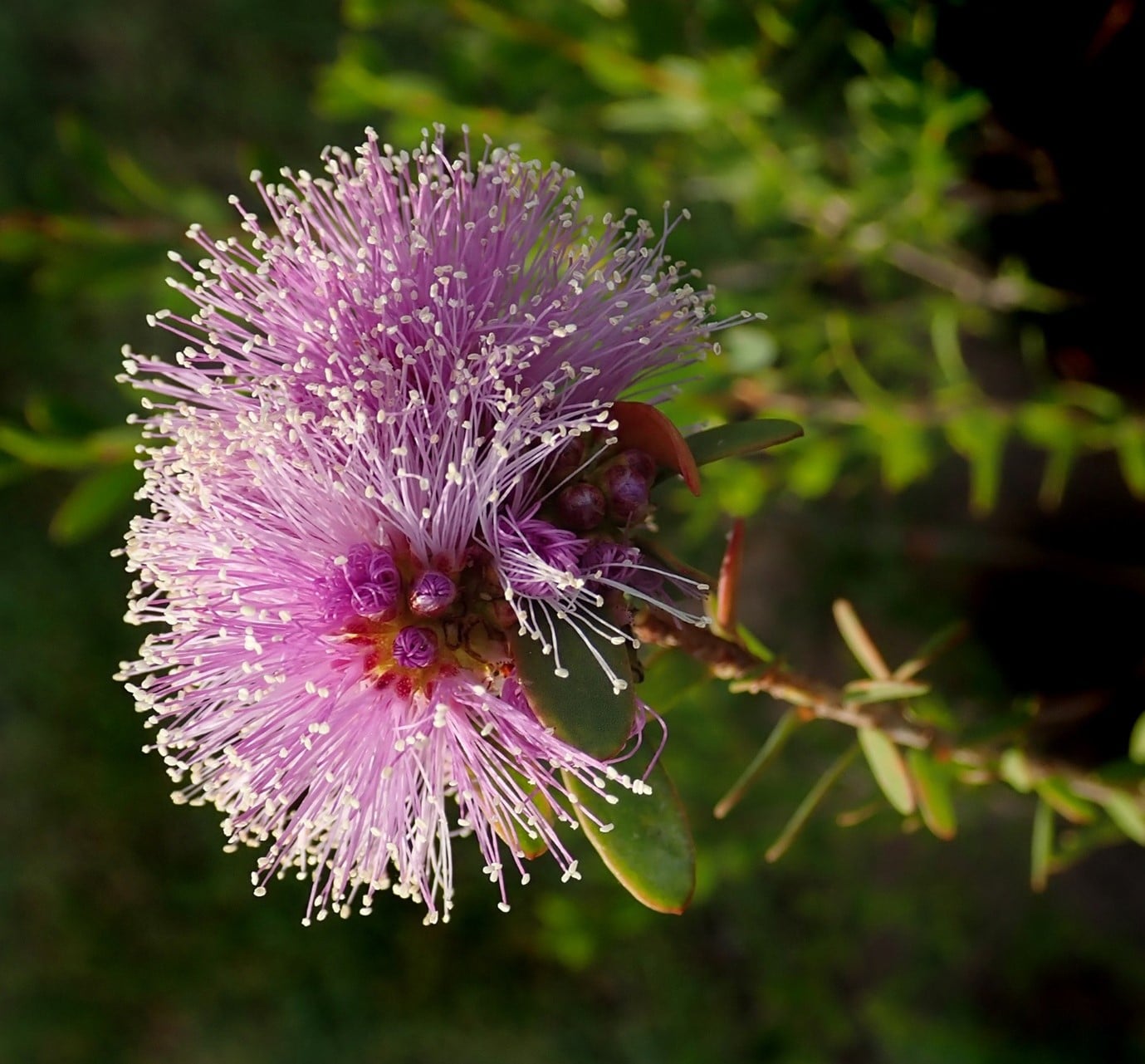
17. Add in native nooks
I love a garden that nestles in nooks—the whole garden seems to have more character when it contains enticing little social spaces. And you can add so much atmosphere and charm with your choice of garden furniture and décor.
18. Choose iconic native forms
Want to really drive home the Australian nature of your native garden? Think about incorporating a symbolic, iconic piece of local flora like a grass tree (Xanthorrhoea). Epitomising the Aussie landscape, there are 66 species of this ancient plant and all are only found in Australia.
They’ll grow in poor soil and are very hardy, and some species have the ability to survive a bushfire. Long-living but extremely slow-growing, if you want a decent sized grass tree in your garden it’s best to get one that’s well established. (Note that it’s illegal to simply remove them from the bush.) Below, grass trees are a striking feature of this Sydney native garden.
19. Aim for cultivated wilderness
One of the big names in Australian landscaping, Fiona Brockhoff, is known for her ability to blur the lines of cultivation and the wild. She is known for creating gorgeous “native wonderlands”. Her garden designs are very naturalistic. But she ensures the actual garden stands out from its wider landscape through structural interventions (like very tight pruning or adding gravel terraces).
Brockhoff’s tip on sustainable gardening? Look to your neighbourhood for indicators as to plants that thrive. Particularly those abundant around deserted properties, which will reveal which species are true survivors!
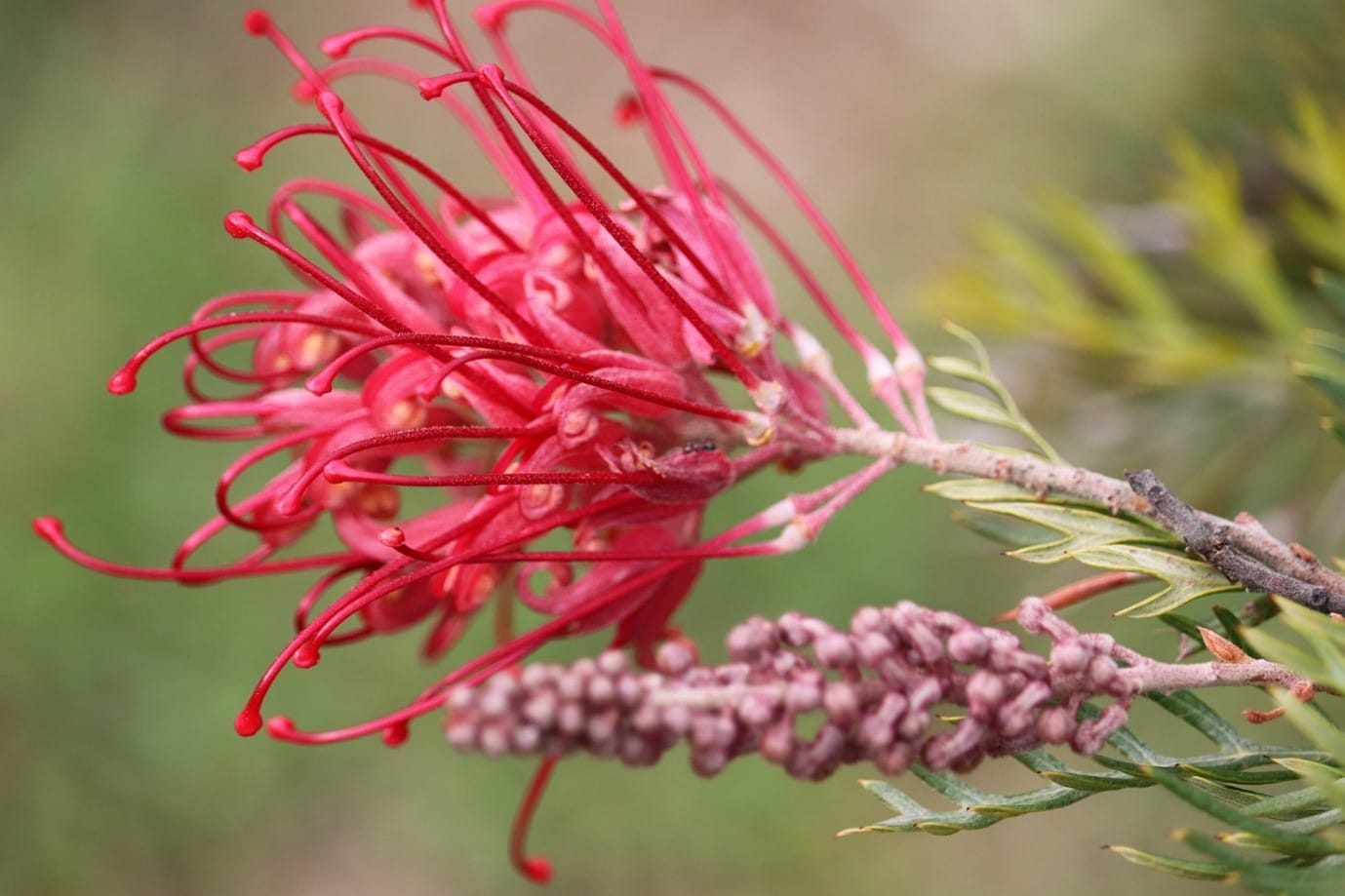
20. Soften the hard lines
Contemporary homes often feature a lot of hard lines, structure and definition. So to balance that, it’s a great idea to design a relaxed and natural-looking garden. Instead of having a large privacy wall, you might instead go for a dense planting of natives and trees to block views.
Low maintenance native front gardens are a great idea as they reduce the amount of time you’ll be out the front tending to your gardens.
21. Create a picturesque poolscape
Make sure to check out the award-winning gardens of landscaper Sam Cox. For example, one has a freshwater pool area surrounded by naturalistic Castlemaine slate paving, with timber steps leading to the house. There’s a canopy of eucalyptus trees and an understory of indigenous plants.
The hard landscape of the pool area has been edged with plantings of natives grevillea, correa and poa. These serve as a transition to the bush background, but thanks to their dense planting, they also hide the pool fence!
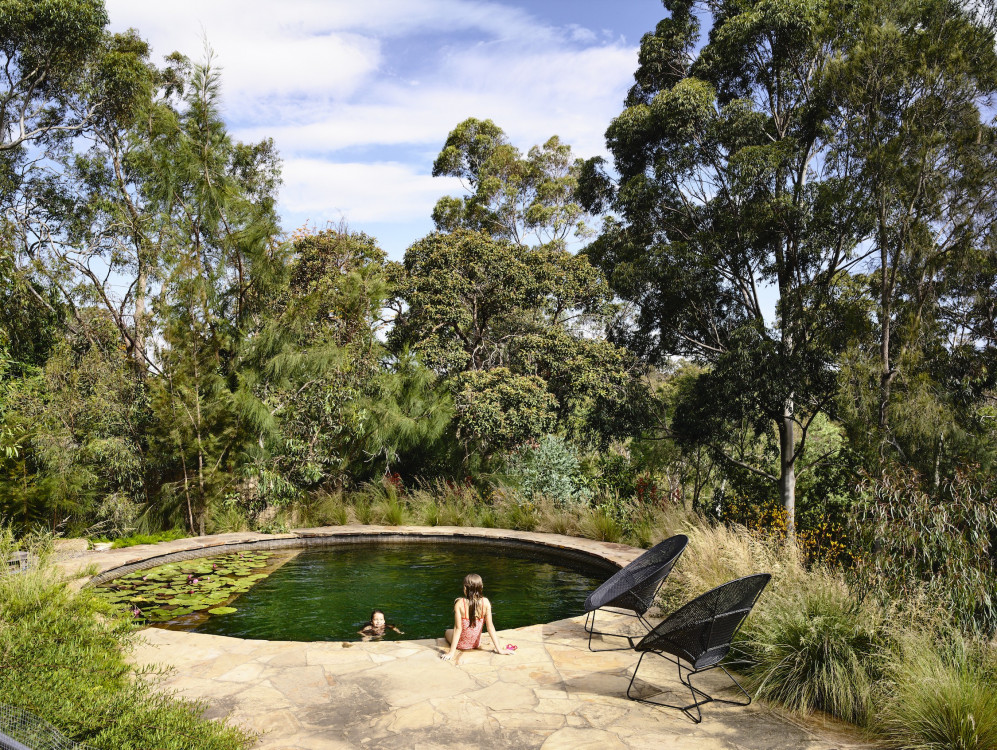
22. Choose coast-loving plants
Much of Australia’s population distributed along the coast. So a contemporary aesthetic that emphasises a beach/garden connection just makes sense. This means choosing native coastal plants or ones from similar coastal climate. Plant species which come in ocean blues and sea greens look especially effective.
It’s also about choosing landscaping materials that are suitably organic and naturalistic. For example, bluestone pavers, slab steps, sand-toned gravel pathways, rock features and natural timber.
23. Construct natural-looking waterholes
Adding water to the garden in some shape or form is always a great idea. To further enhance a pool or pond design with naturalistic contours, choose locally-sourced rocks and boulders which won’t look out of place. And think about sticking to natural materials for the surrounding décor—timber, gravel, brush fencing all look the goods.
24. Blend into your surroundings
It’s good to use a landscaping material colour palette that complements the native plant palette. And, use local organic material for construction where possible. For example, a native garden layered with tough, coast-loving natives, contained with stone retaining walls in keeping with the naturalistic aesthetic.
Aside from sourcing local rocks and stone, native gardens also suit rustic hardscaping materials like timber, gravel, recycled bricks, brush fencing and Corten steel garden edging.
25. Be bold
Kangaroo paws are a really popular Australian native, used here and around the world. They’re an easy way to bring in gorgeous swathes of colour to your garden, coming in a range of colours, not just the well-known reds.
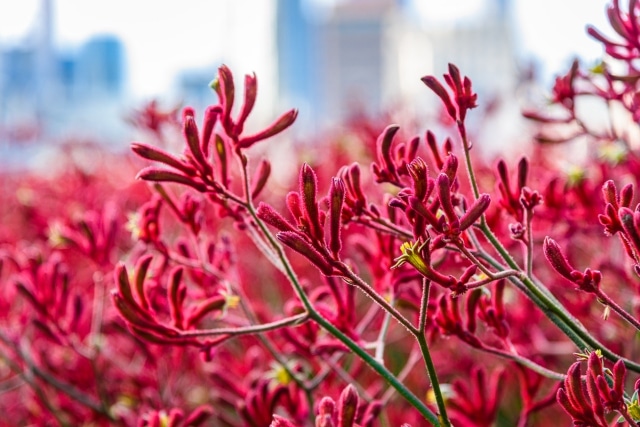
26. Rock a natural look
Steal the style of Kathleen Murphy’s native gardens with their gorgeous naturalistic look. Their aesthetic aligns perfectly with their natural surroundings. And they really showcase the beauty of the Australian bush.
To achieve a naturalistic aesthetic, plant where plants would be likely to go naturally. And use materials that both complement and contrast with the natural flora and fauna. For example, incorporate large boulders, as rocks play a big role in replicating a natural look.
27. Mix natives and exotics
You can still have a strong Australian flavoured garden and use a mix of plants from all over the world, together with natives. The key is that they need to have similar abilities to thrive in your conditions.
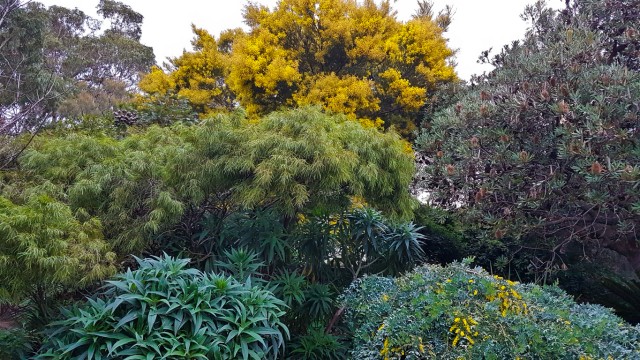
Your planting palette should be guided by what works—but bear in mind it’s not true that natives will always survive when others won’t. Some natives actually won’t tolerate rain, whereas exotics might be able to cope with changing environmental conditions. So try to choose plants for their adaptability to a broader range of conditions. As opposed to those that need very niche conditions to survive.
28. Go coastal
Emphasise a sense of the sunburnt, beachside land we live in by incorporating natives in gorgeous warm tones. Take inspo from landscaper Fiona Brockhoff’s Sorrento coastal native garden, nestled into its sand-dune setting. She’s chosen coastal-flavoured hardscaping materials, like limestone walls, gravel terraces and shell-grit pathways.
And plants that feature in the nearby dunes were used, including moonahs (Melaleuca lanceolate), sea box (Alyxia buxifolia), cushion bush (Leucophyta brownie) and drooping she oaks (Allocasuarina verticillate).
29. Go monochrome
You can go with a minimalist, modern look with natives too. They not only come in bright colours or soft muted natural colours but also in black, grey and silvery tones. One such monochromatic species is Banksia integrifolia. This is a native tree that is hardy, thrives in a coastal climate and attracts plenty of birds.
30. Add a beaten up firepit
A rustic, weathered look for garden furniture works really well in native gardens. For instance, just set up a rusty Corten steel firepit and surround with tree stump seating. In keeping with the worn and weathered vibe, you might consider something like recycled railway sleepers to form a low retaining wall.
For more retaining wall designs, you might like to also see our article on retaining wall ideas.
31. Take inspo from the experts
A stunning Philip Withers landscape was constructed for the Melbourne International Flower & Garden Show some years ago and is worth Googling for inspo too. The aim was celebrating and cultivating wildness in the garden and allowing visitors to really immerse themselves in nature.
Local natives were used as well as succulents, exotics, herbs, fruits and vegetables, for a “vibrant celebration of biodiversity”. Demonstrating principles of sustainability was also a major priority so the landscapers designed a no-waste build and utilised plenty of recycled materials. They also engaged the local indigenous community to design the engraved bluestone pavers and contribute to the storytelling of this place.
32. Swoon over wildflowers
A massive tourism drawcard is West Australia’s magical, magnificent wildflower fields. There are more than 12,500 flowering species in WA, with 60% of them being endemic to the state.
In season, they’re inspo for gardeners everywhere. And they’re a great example of how Australian landscapes can vary wildly from classic muted, natural bush palettes to something extravagantly rainbow-hued. The contrast between the red earth and the pastel flowers is absolutely stunning.
So there you have my favourite selection of Australian native garden ideas. I’m really drawn to naturalistic bush settings. Do native garden landscapes speak to you too?
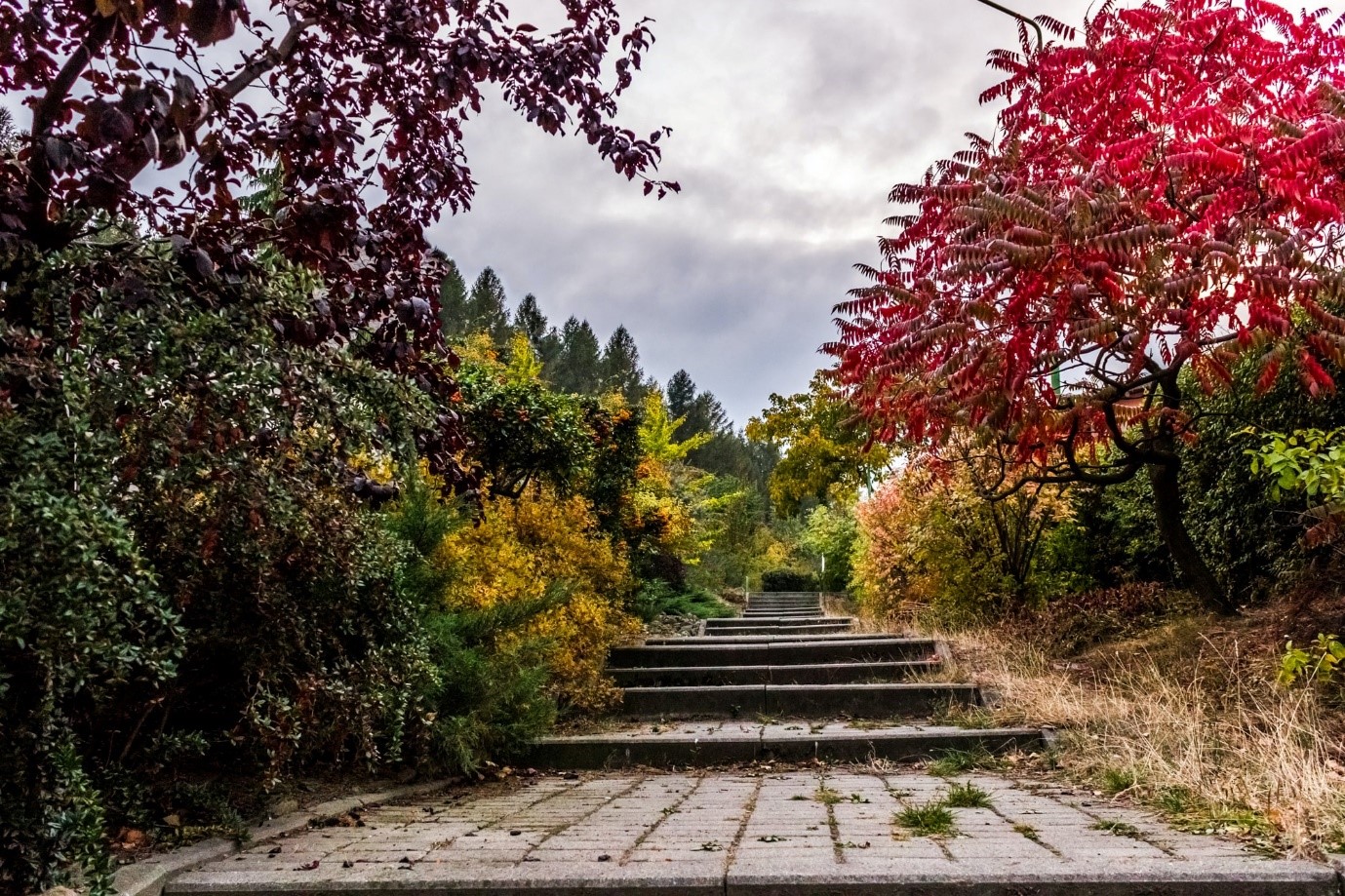
Tips for how to design a native garden
There are no hard and fast rules when it comes to native landscape design, but there are certain techniques that you can borrow from the best landscape designers.
- Not all natives suit all regions. Some are more perfect for some areas than others, so make sure you source plants from similar growing conditions.
- Create layers with a dynamic, asymmetrical planting that looks random and natural.
- Link it all up with repetition.
- Try to plant plants with similar longevity.
- Follow the natural patterns of mass (mounds, plantings, boulders etc) and void (pathways, ponds, grassy and paved areas).
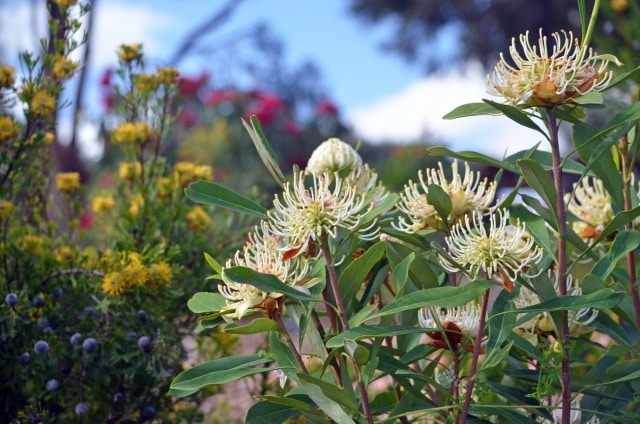
- Keep the boundaries blurred so that the garden appears to sink into its setting. But define them enough to differentiate your garden from its surrounds.
- Use organic material for hardscaping. Think recycled brick, rusted steel, bluestone pavers, salvaged timber, rock, gravel, brush fencing, etc.
- Add a water feature. The presence of water is traditional near natives in the wild and will also encourage birdlife in your garden. You can also plant native aquatic plants that will act as a natural filtering system.
- Include social spaces to enable you to immerse yourself fully in your garden. It’s always a great idea to create comforting, enclosed spots to relax, entertain or simply shelter from sun or wind.
Ready to design you native garden?
You can find a local garden designer or expert in garden planting. They’ll help you select the best pick of natives (and ideally indigenous ones) for your location. To set your site up for your new planting, you can also enlist the help of someone to do a full garden tidy-up, including any wood-chipping that you might need done.
And although native gardens are usually lower maintenance than other kinds, they shouldn’t be thought of as “set and forget”. Because they will still really thrive through care (that is, regular watering, fertilising and pruning). So once your new garden is up and running, you can always outsource the maintenance to someone who truly loves that task!


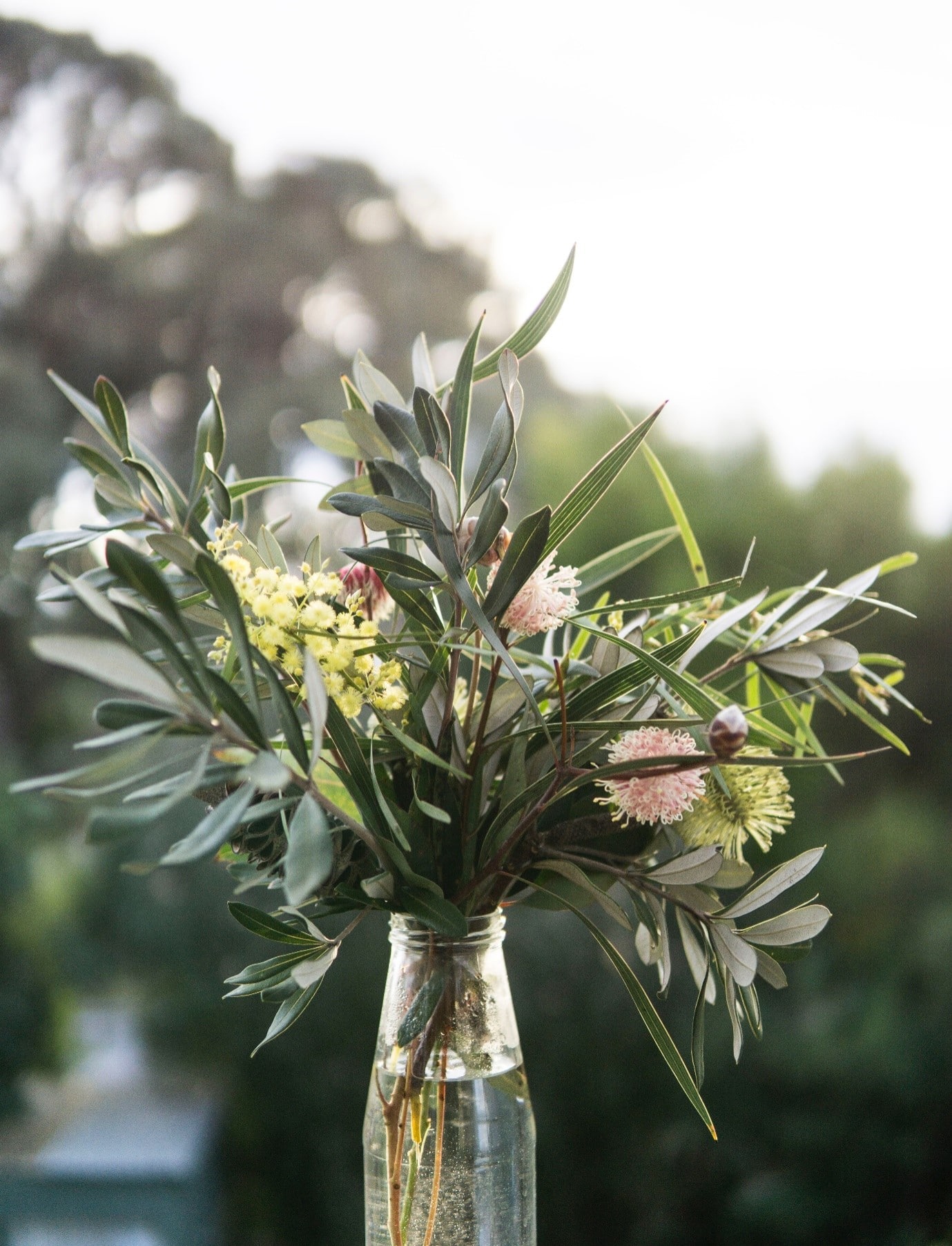
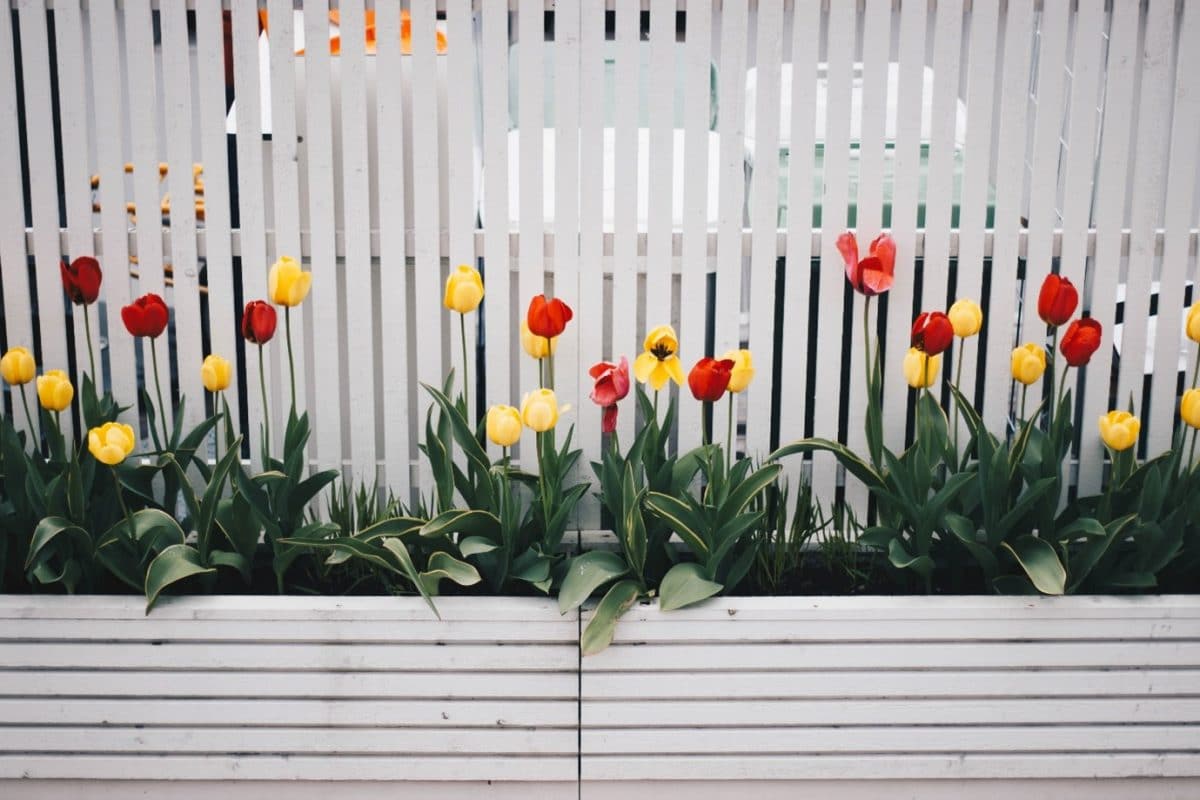
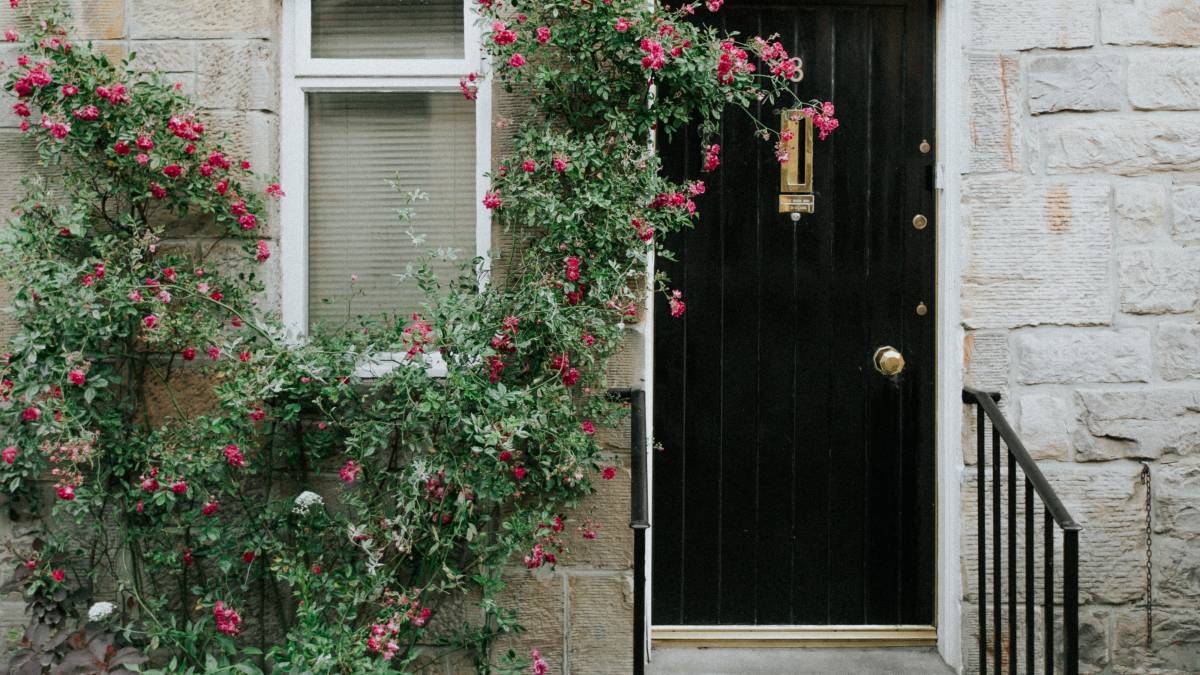
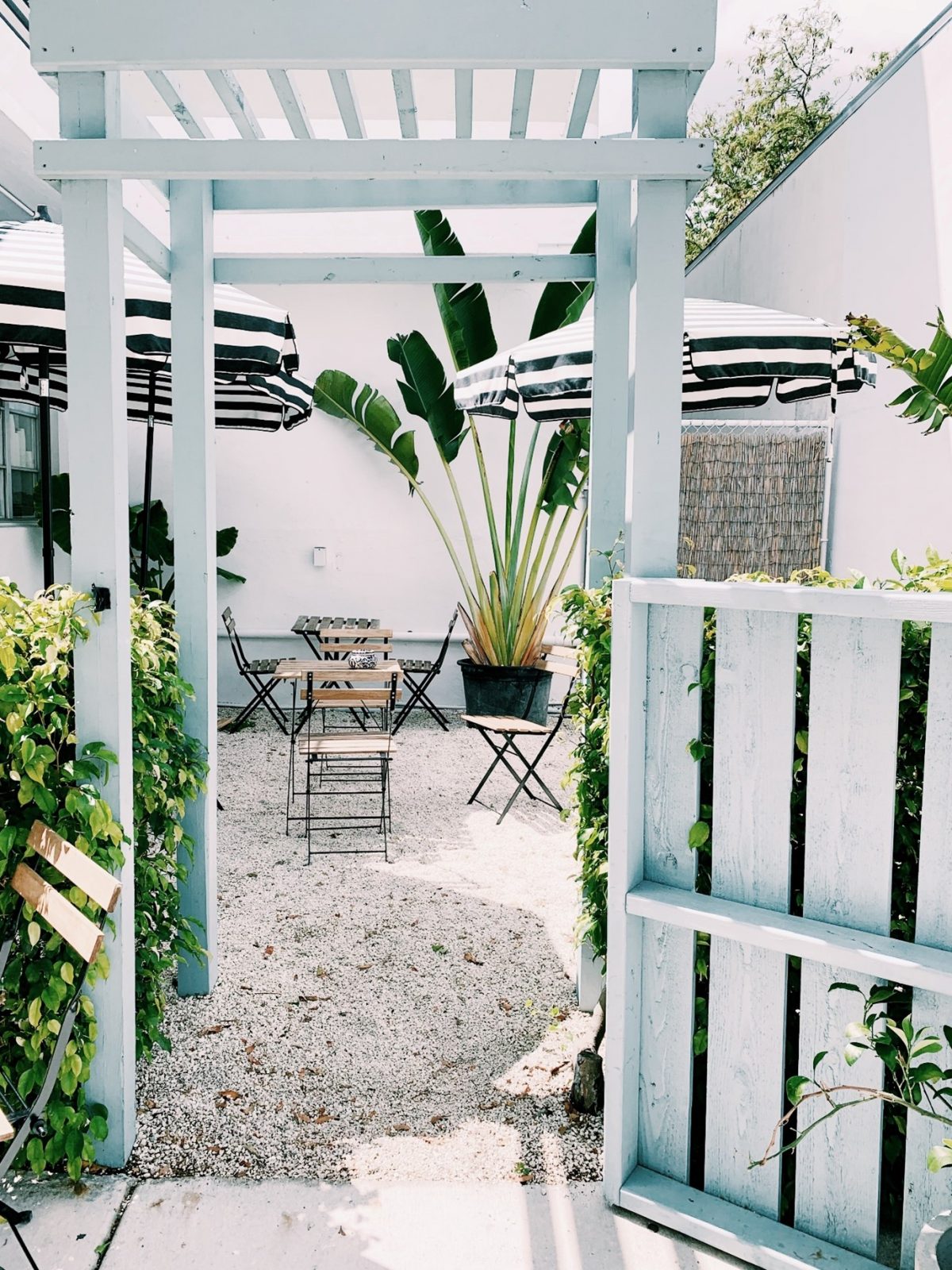
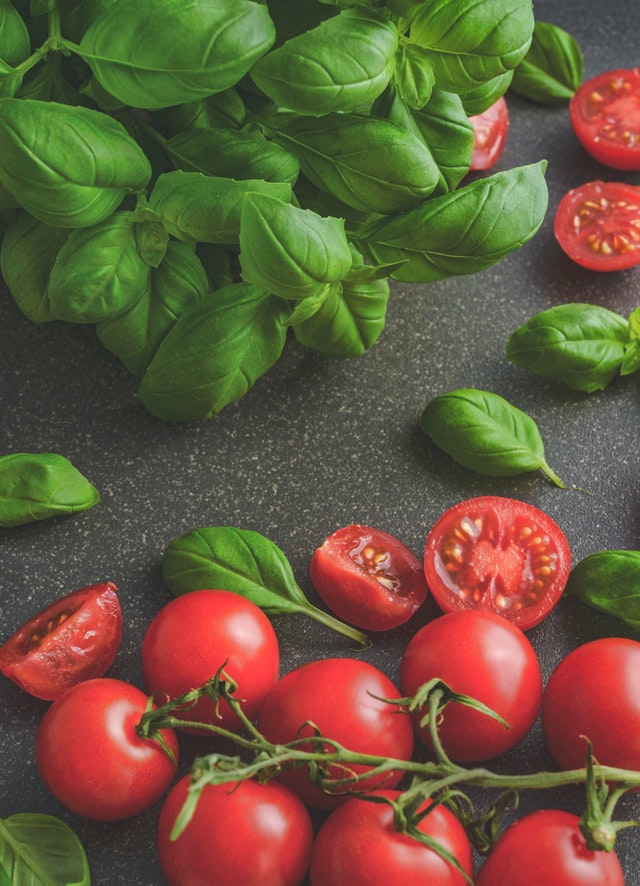
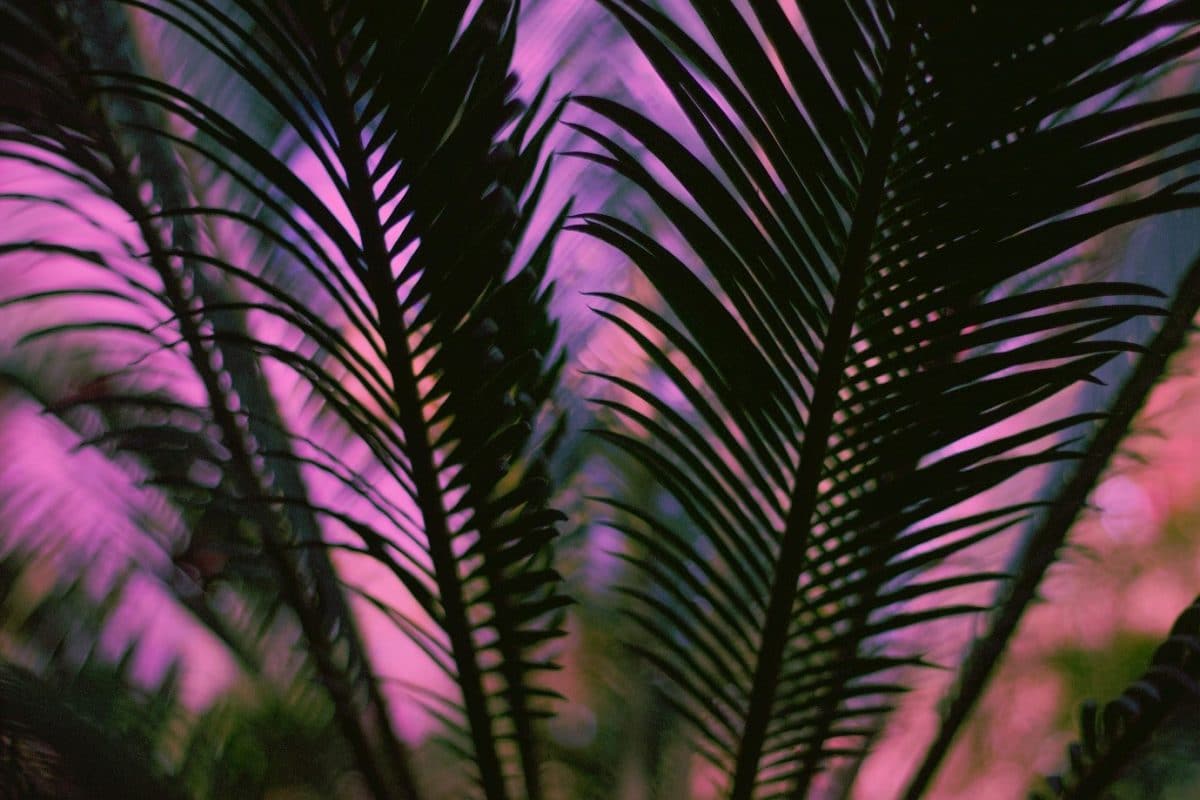
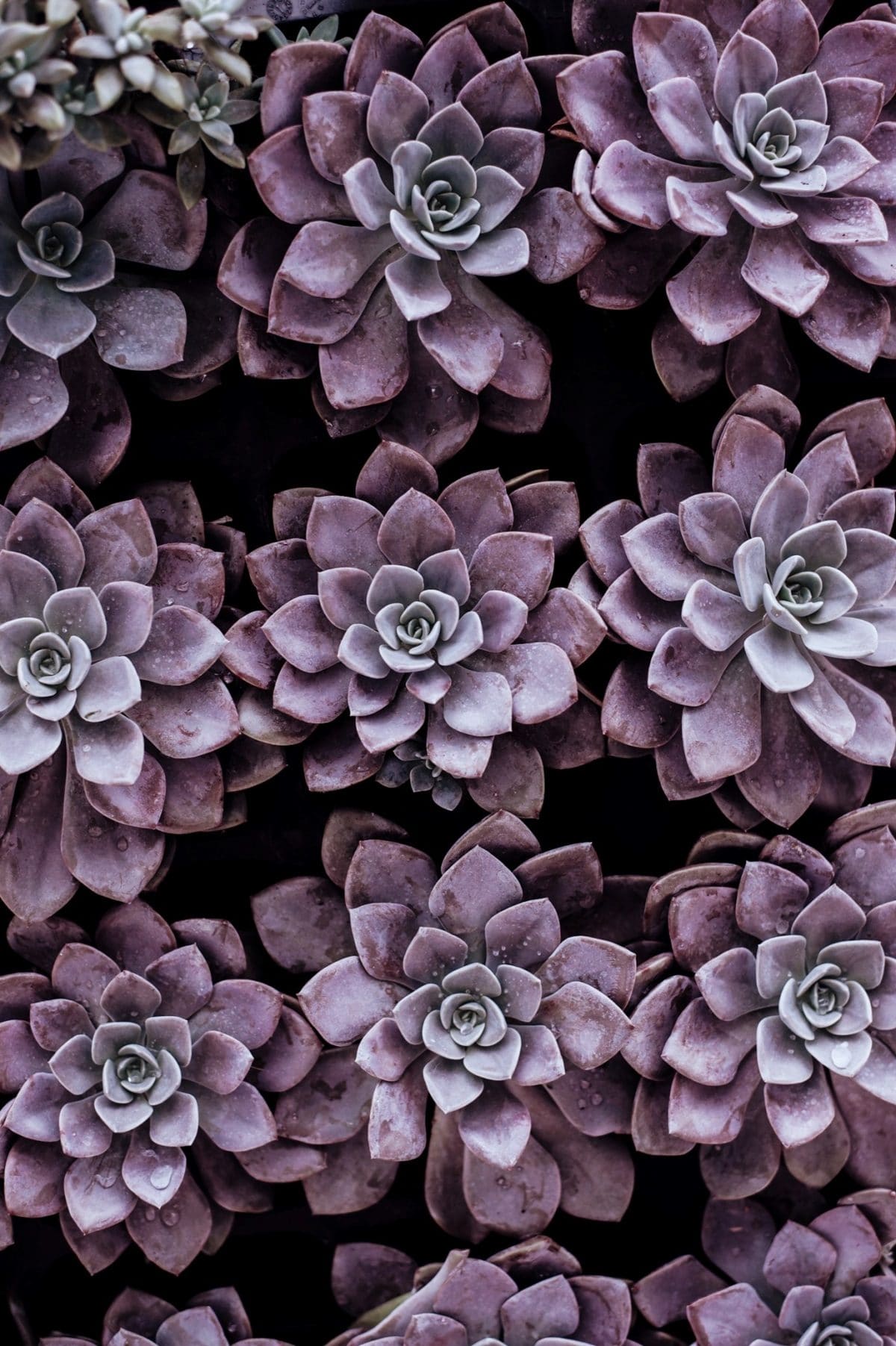
Thank you Gianna.. I loved everything you had to share.. so many amazing ideas..
I love the birdbaths and the fire pits and the different combination of plants.. Im feeling very inspired. I live on 2.5 acres in QLD and now theres so many planting ideas I want to achieve.. my ideas have totally changed since viewing your site. Christine
I have read so many articles concerning the blogger lovers except this post is
genuinely a nice article, keep it up.
Great compilation. Thanks it was inspirational for all us aspiring gardeners
Gianna, I just love your articles. Once I start reading I’m unable to stop. The first one I read was on succulents for your home garden. I lost that article and have been looking ever since. Maybe u could help. May have been called 36 succulents for your home garden” I just swooned looking at that one. Thank you so much. I’m going to plant part of my garden with your ideas. So appropriate now with the weather here in N California. I’ll keep following u and pass on to my gardening friends and my family in Ireland.
Thank you so much 🙂 Sure, here’s the link to my succulents story: https://www.airtasker.com/blog/succulent-garden-ideas/ enjoy!
I Like this website!
Landscape Design in Melbourne